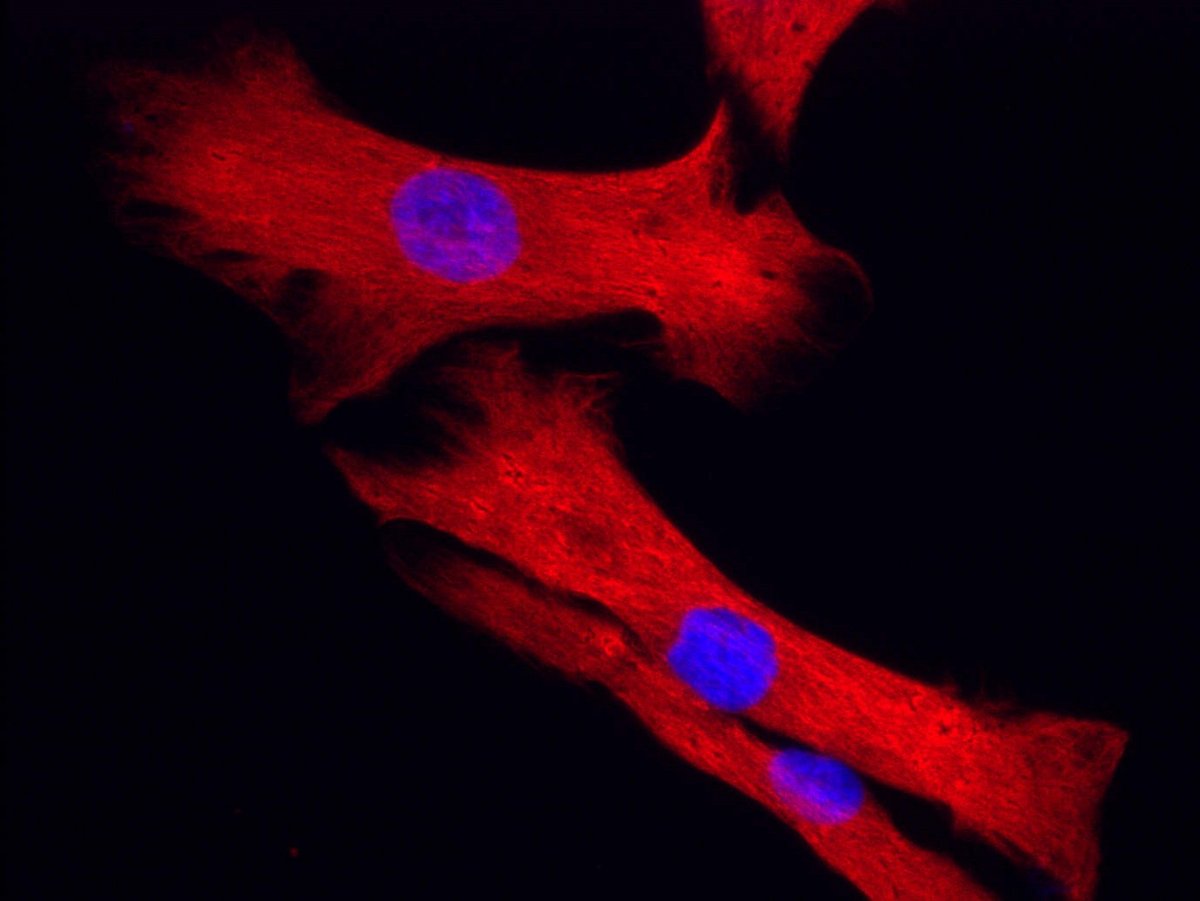
Efficient treatments in old age
Innovative combinations of a substrate material and cartilage cell structures make joints supple again
Wear on joint cartilage can have many causes. Incorrect posture, obesity, joint injuries or also certain diseases can damage the cartilage. Because wear on joints worsens with age, arthrosis is considered a typical age-related clinical picture. If insufficient cartilage is left in a joint, it can no longer fulfil its original sliding and strain relief functions. Severe pain and restrictions in everyday life are the result. In addition, cartilage cannot heal itself. The requirement for new treatment approaches is appropriately high.
Prof. Dr. Ursula Anderer and her team from the Chair of Cell biology are researching such approaches. The »Cartilage in older people – regeneration potential of cartilage damage (trauma/arthrosis) through endogenous chondrocytes« research project concerns itself with the treatment of arthrosis using cell-based therapies. Chondrocytes are the cells of cartilage tissue and can be cultivated and propagated through in-vitro procedures. »We have already developed the procedure for developing cartilage microtissues. The problem when applying this technology for chondrocytes in older people is to ensure that the cells propagate and differentiate to microtissues«, says Prof. Anderer. In addition, it is important to find out whether this artificially-produced cartilage tissue can regenerate arthrosis defects.
Prof. Anderer now wishes to adapt what has already been tested for young people in numerous studies to the special characteristics of »aged« cartilage. Here she views two objectives as decisive: »We must understand to what extent cartilage cells in older people differ from those of younger people. Parallel to this, Dr. Marc Behl from the Institute for Biomaterial Research at the Helmholtz-Zentrum Geesthacht (HZG) in Teltow is producing a suitable substrate which has to be highly compatible and at the same time exceptionally functional«. 3D cell transplants can be generated through this combination of substrate, so-called scaffolds and cartilage cells. Here the scaffolds should not only act as a support, but also assist the cells in their function and be able to enable growth factors. If the interaction between scaffolds and cartilage cells functions correctly, an age-adapted, cell-based treatment for the regeneration of joint cartilage defects can be developed.
During the implementation of this project, the expertise of other collaborative partners is being utilised. Cartilage material is provided by the Clinics at the Brandenburg Medical School (MHB). Dr. Claus Duschl (Fraunhofer IZI Potsdam-Golm) represents the expertise for the cultivation of cells in microbioreactors. In addition, the project networks closely with the »Multiomics – multimodal predictive analysis in the organ blood« subproject, in which blood is examined for possible degradation products from the cartilage matrix.
